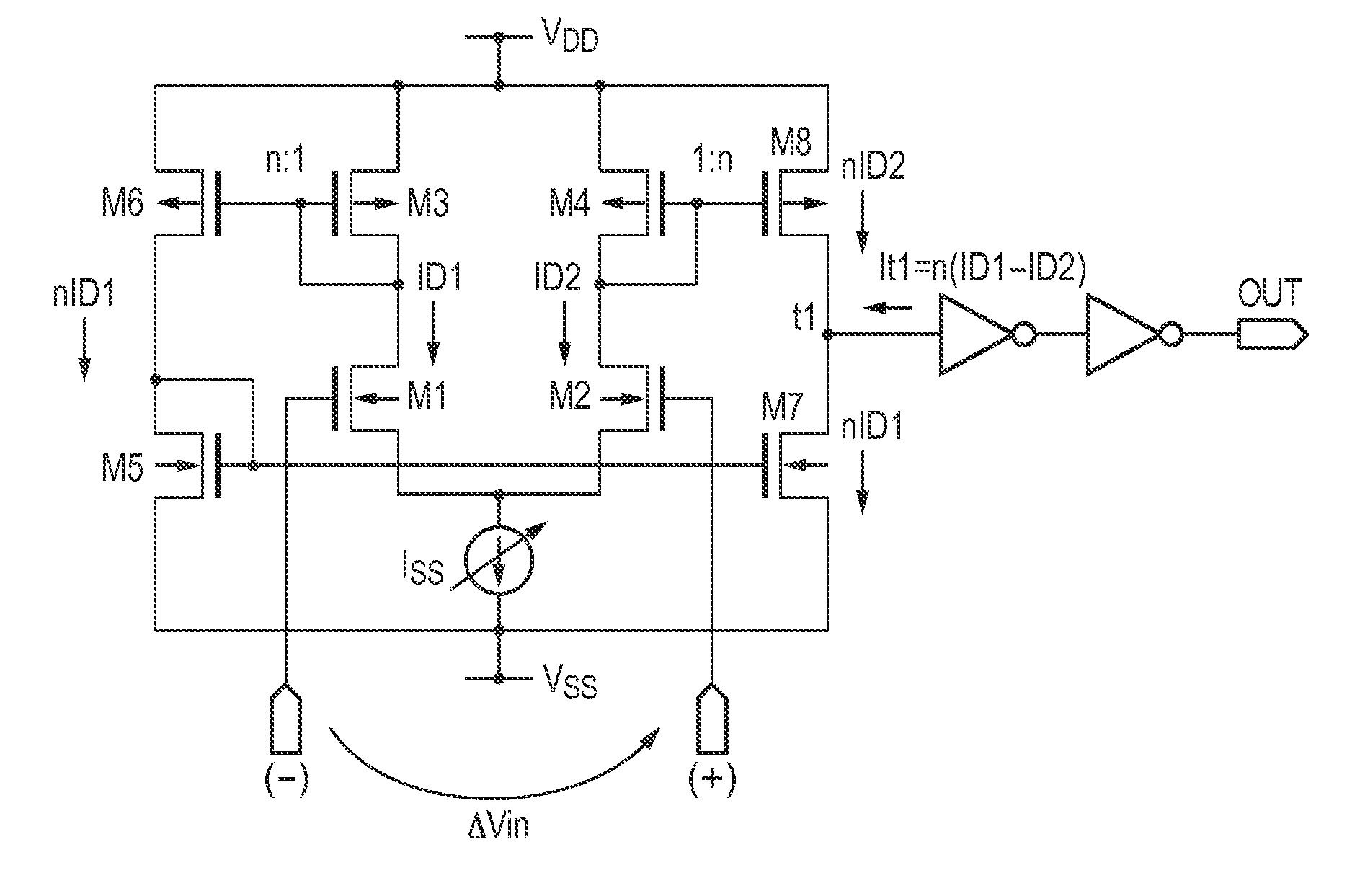Base, full-line printhead, and printing apparatus
- Summary
- Abstract
- Description
- Claims
- Application Information
AI Technical Summary
Benefits of technology
Problems solved by technology
Method used
Image
Examples
first embodiment
[0058]FIG. 7 is a circuit diagram showing the circuit layout and wiring of four element substrates integrated on a printed board 110.
[0059]As shown in FIG. 7, four element substrates 101 are arranged on the printed board 110. A first pair of signal lines 106 configured to supply a clock signal (CLK) and four second pairs of signal lines 107 configured to supply image data signals (DATA) are formed on the printed board 110. Note that the printed board 110 is also called a base because a plurality of element substrates are arranged and integrated on it.
[0060]The first pair of signal lines 106 supply a common signal to the element substrates and therefore form one-to-many connection from the viewpoint of the wiring space of the printed board. On the other hand, the four second pairs of signal lines 107 form one-to-one connection because the element substrates use individual signals. The first pair of signal lines 106 are terminated by a terminating resistor 108-1. The second pairs of s...
second embodiment
[0082]FIG. 12 is a circuit diagram showing the circuit layout and wiring of four element substrates integrated on a printed board 110 according to the second embodiment. In this embodiment as well, four element substrates 101 having the same circuit arrangement are arranged on the printed board 110, as in the first embodiment. The same reference numerals and symbols as in the first embodiment denote the same constituent elements and signals in FIG. 12, and a detailed description thereof will be omitted.
[0083]The element substrate is different from that of the first embodiment shown in FIG. 7 in that two control circuits 105-1 and 105-2 and control terminals 109-1 and 109-2 corresponding to them are provided in each element substrate.
[0084]The wiring of the printed board 110 is different from that of the first embodiment in that two second pairs of signal lines 107 are provided, and image data signals (DATA) are also supplied by the two second pairs of signal lines 107 of one-to-many...
PUM
 Login to View More
Login to View More Abstract
Description
Claims
Application Information
 Login to View More
Login to View More - R&D
- Intellectual Property
- Life Sciences
- Materials
- Tech Scout
- Unparalleled Data Quality
- Higher Quality Content
- 60% Fewer Hallucinations
Browse by: Latest US Patents, China's latest patents, Technical Efficacy Thesaurus, Application Domain, Technology Topic, Popular Technical Reports.
© 2025 PatSnap. All rights reserved.Legal|Privacy policy|Modern Slavery Act Transparency Statement|Sitemap|About US| Contact US: help@patsnap.com



